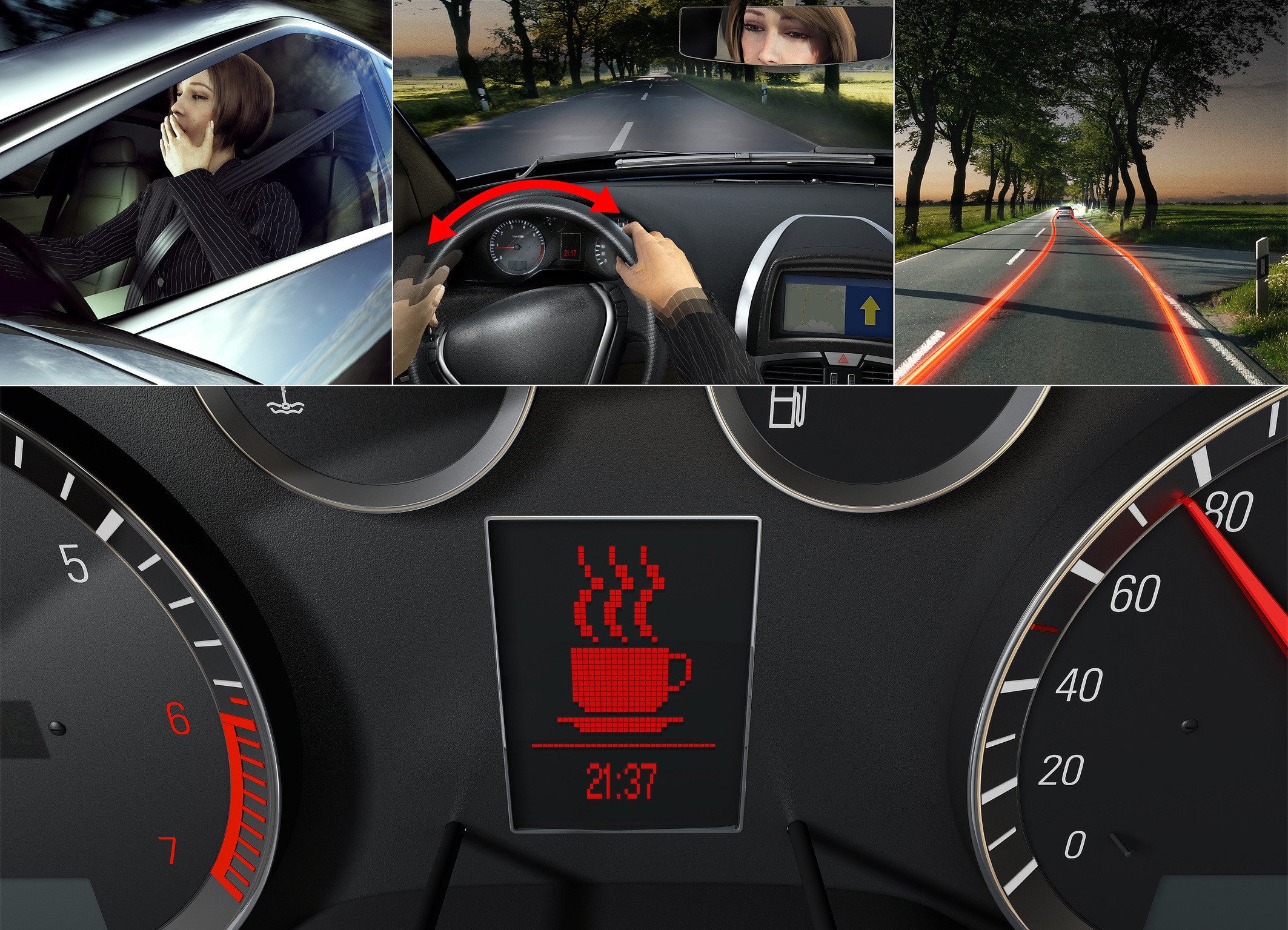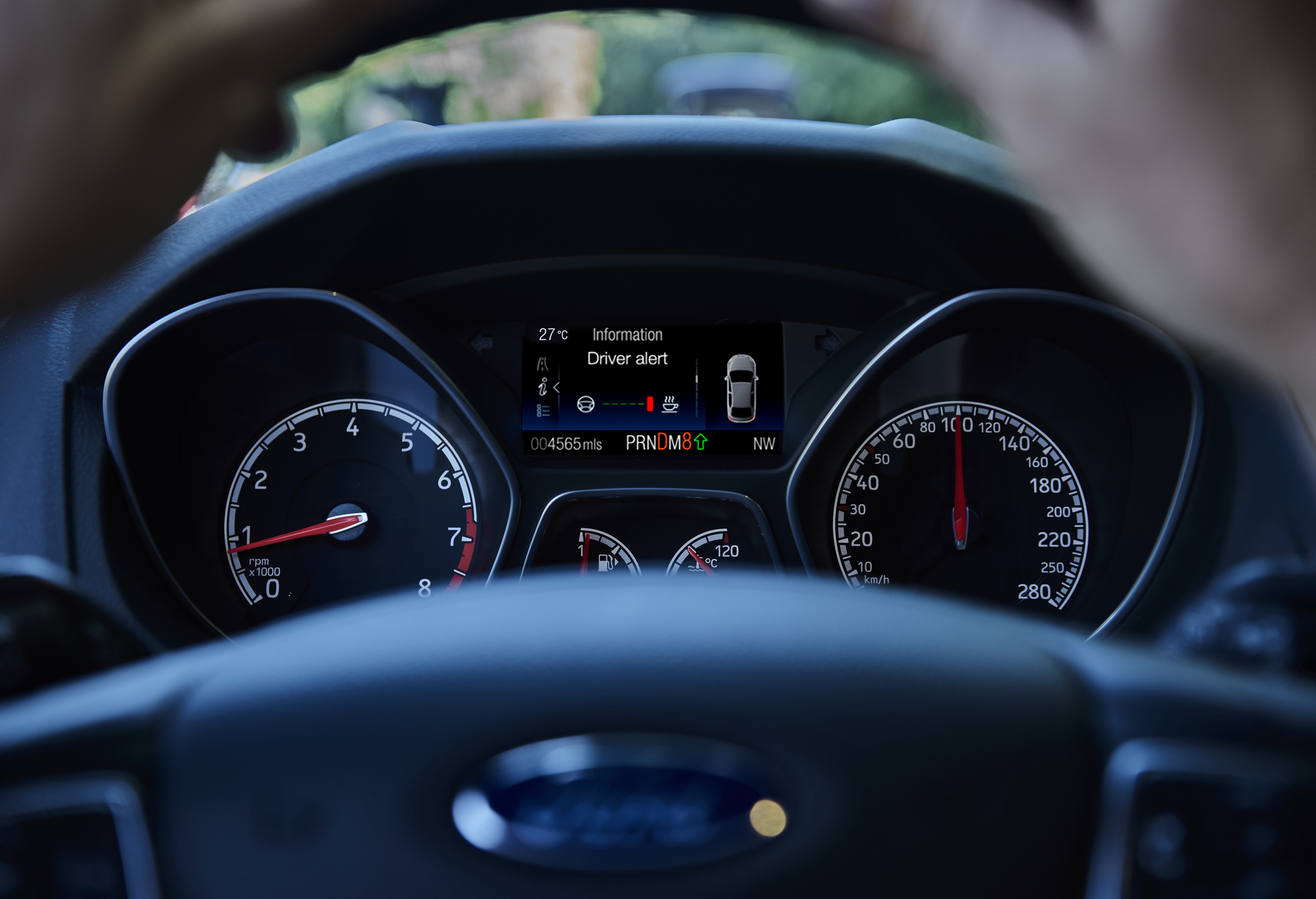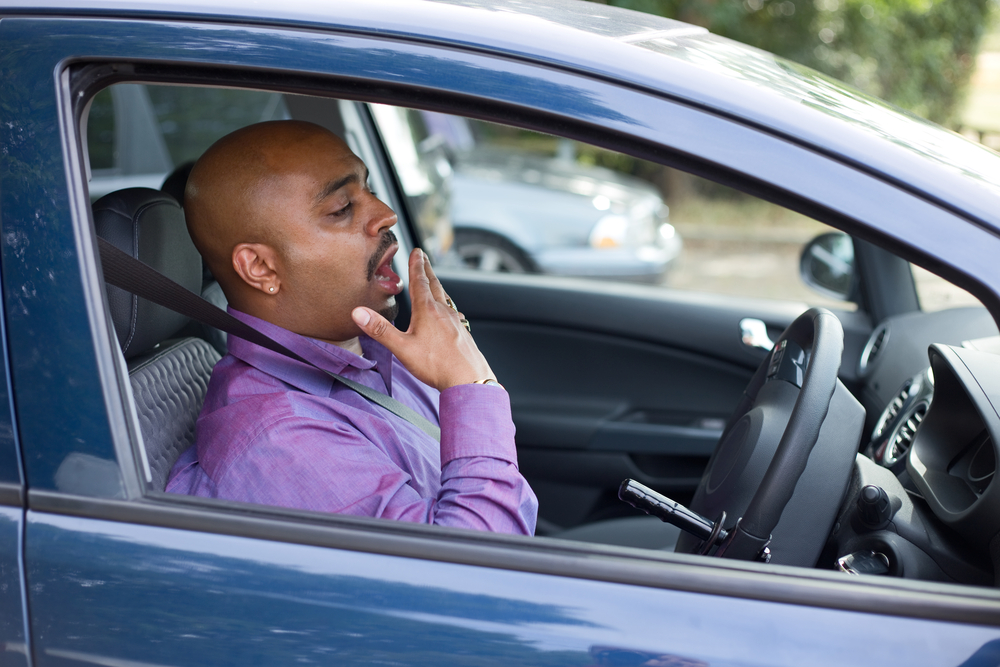The Motorist Guide to staying alert behind the wheel
Published by
Visshan
on 3 Nov 2024
Driving while tired is no joke. It can be just as dangerous as driving under the influence of alcohol or drugs. In fact, drowsy driving is a leading cause of car accidents, so it's crucial to know what to do if you're feeling sleepy behind the wheel.
The warning signs of drowsy driving
Let's identify the signs that tell you it's time to pull over:
- Heavy eyelids or frequent blinking.
- Head bobbing, or difficulty keeping your head up.
- Daydreaming or having trouble focusing on the road ahead.
- Drifting out of your lane or missing road signs.
- Feeling irritable or restless.
- Frequent yawning.
 Pulling over safely is priority one
Pulling over safely is priority one
If you experience any of the signs highlighted above, don't ignore them. The safest course of action is to pull over as soon as possible. Here's what to do:
- Find a safe spot: Look for a well-lit rest stop or truck stop, or even a brightly-lit parking lot. Avoid stopping on the road shoulder if possible.
- Turn off your car and lock the doors: This will help you relax and avoid distractions.
- Take a power nap: Set a timer for 20 to 30 minutes and allow yourself to fall asleep. A short snooze can significantly improve your alertness when you resume the drive.
 8 tips to stay alert behind the wheel
8 tips to stay alert behind the wheel
- Get a good night's sleep before a long drive (into Malaysia, for instance): Adults need around seven to eight hours of sleep per night.
- Plan your trip: Avoid driving long distances late at night when you'd normally be asleep. Build in plenty of time to reach your destination or overnight stopover, so you won't need to rush. Remove time pressures wherever possible.
- Share the driving: Avoid driving alone for long distances. Try to bring a co-driver along, so the two of you can take turns driving to stay fresh and safe at the wheel. Ensure that your motor insurance also covers an authorised driver in this case.
- Stay hydrated: Dehydration can contribute to fatigue, particularly on long and hot journeys. Drink plenty of water before and during your trip.
- Avoid caffeine dependence: While a coffee or tea can help in the short term, don't rely solely on caffeine to stay awake. The effects wear off, and you could end up even more tired.
- Keep your car cool: Crank up the air-conditioning or open a window. A cooler environment can help you stay alert.
- Stay engaged: Sing along to music, listen to an audiobook/podcast, or open the windows for some fresh air.
- Take a break: Make a pit stop (at a petrol station or highway rest point) of at least 15 minutes after every two hours or 150 kilometres of non-stop driving, whichever comes first. Get out of the car to stretch your body, do some exercise or walk around a bit. If you are driving all day, schedule a proper hour-long lunch break in the middle of the day, so as to split the day's driving into two more manageable halves.
Remember: Drowsy driving is an insidious threat. If you're feeling tired, prioritise your safety and the safety of others by pulling over and taking a break.

